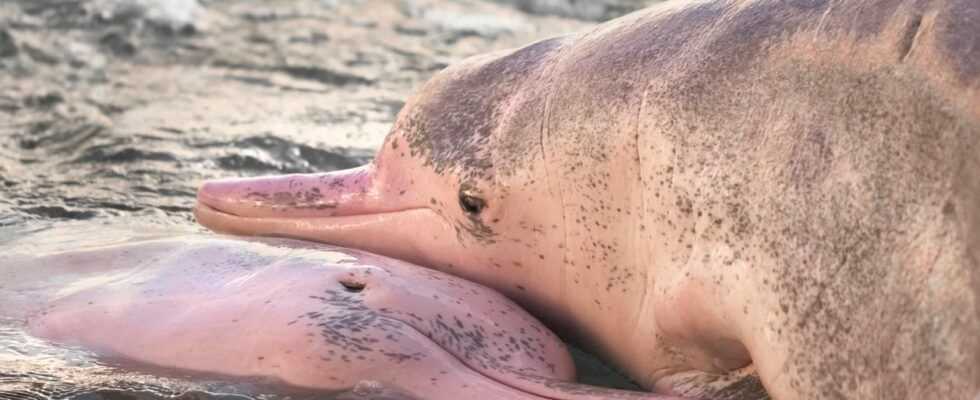The year 2020 is coming to an end and the retrospectives are linked. Here is our list of the 5 good news for wildlife, whether in captivity or in the wild.
The year 2020 has been a disaster in many ways. She showed the impact of the destruction of ecosystems on humans, with this coronavirus pandemic passed from wild animals to humans. If 2020 has been a terrible year for human life, it may have brought some good news for animal life. Here is our selection.
Noticeable births:
Let's start with a nice pink notebook. This year, in the wild fauna, there were noticed births. Eleven cubs in the Pyrenees, where the bear has been re-introduced for reasons of biodiversity and ecosystem conservation. The species had disappeared in France in the 1990s.
In Indonesia, Java, two baby rhinos have been spotted. This species of mammals is in very serious danger of extinction. The births of endangered wild animals still represent great hope for animal conservation.
In captivity too, endangered species have welcomed young! On June 28, 2020, the Taiwan Zoo welcomed a baby giant panda, an endangered species whose reproduction is very complicated outside the wild. On November 6, 2020, the Nantong Zoo in China welcomed him to Earth with four white lion cubs. This extremely rare species of feline owes its white color to a genetic mutation.
Population increases:
Also in a pink notebook register, the elephant population has doubled in Kenya! Several natural parks are celebrating birth records, such as 170 baby elephants in 2020 at Amboseli Park. This proves the effectiveness of the fight against poaching on endangered species.
In the Galapagos, an archipelago off the coast of Ecuador whose remarkable biodiversity is threatened, two species are seeing their populations grow. These are the Galapagos penguins and wingless cormorants, two species that are unique to this part of the world. The Galapagos penguin is one of the smallest in its family of birds, averaging 35 centimeters. The flightless cormorant is an amazing bird: unable to fly, it is an excellent diver.
Re-introductions of species:
Re-introducing a species is a sometimes complicated step in the preservation of wildlife, especially when the re-introduced animals have grown up in captivity. Also in the Galapagos, 36 giant tortoises of the species that gave the archipelago its name have been re-introduced. The archipelago is important in global biodiversity because of its status as a study ground for the British naturalist who drew from it his theory of the evolution of species.
In Tasmania, an Australian island state, an NGO released Tasmanian devils, a species whose population had drastically declined due to disease. The species that takes its name from its strange cry and its unique presence on this island helps counter the proliferation of foxes and cats. Indeed, the latter are responsible for the extinction of families of small prey from the vast primary forest of the island.
Protection laws:
In September 2020, France promised to ban wild animals in traveling circuses. This has long been called for by wildlife advocates. They compare the living conditions of supposedly wild animals in confined spaces and the vastness of their natural habitat, thereby denouncing shameful treatment. The Minister of Ecological Transition Barbara Pompili also announced that no new delphinium could be created, for the same reasons linked to the well-being of large marine mammals. This law will be accompanied by aid to help circuses and aquariums to reconvert.
In China, the coronavirus has put a spotlight on the wild animal markets, where the coronavirus pandemic is believed to have originated. These will be banned. In addition, 2020 has revealed to the world the existence of the pangolin, this small scale mammal. It is removed from the list of ingredients allowed in the Chinese Pharmacopoeia to protect it from extinction and trafficking.
Returns to the original habitat :
Containment has allowed wildlife to regain its rights in spaces that humans have gradually nibbled away from natural ecosystems. In Hong Kong, the hub of the world transit of goods by ship, it is the pink dolphins that have been seen returning. This emblematic marine mammal of this geographic region is swimming again in the waters between Hong Kong and Macao, thanks to the drop in maritime traffic linked to containment.
In Algeria, the confinement brought out mammals from the region threatened with extinction. These are the genet, the Saharan cheetah and the striped hyena. The confinement of the men allowed them vacations!
